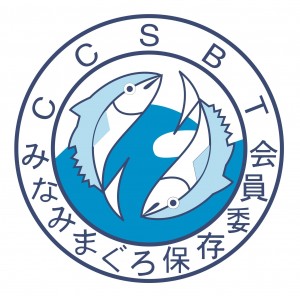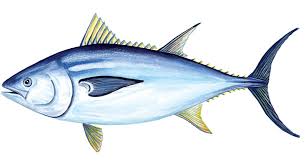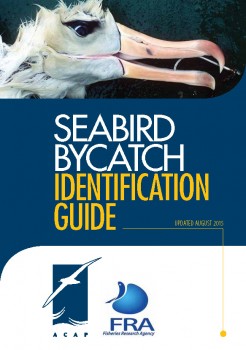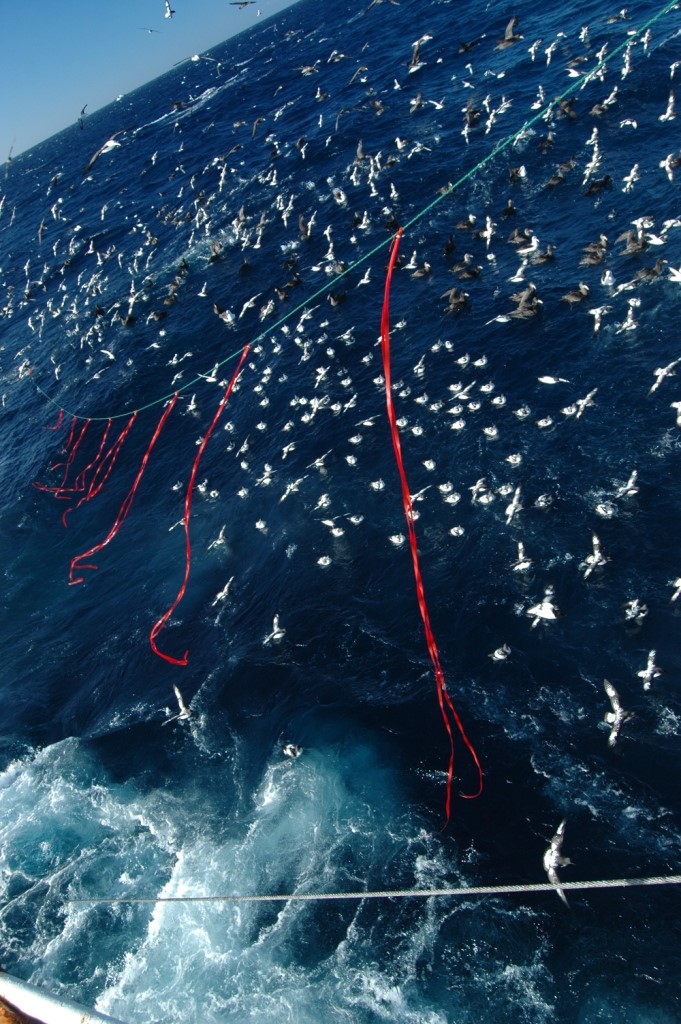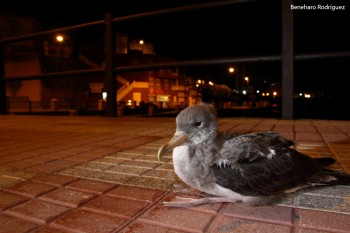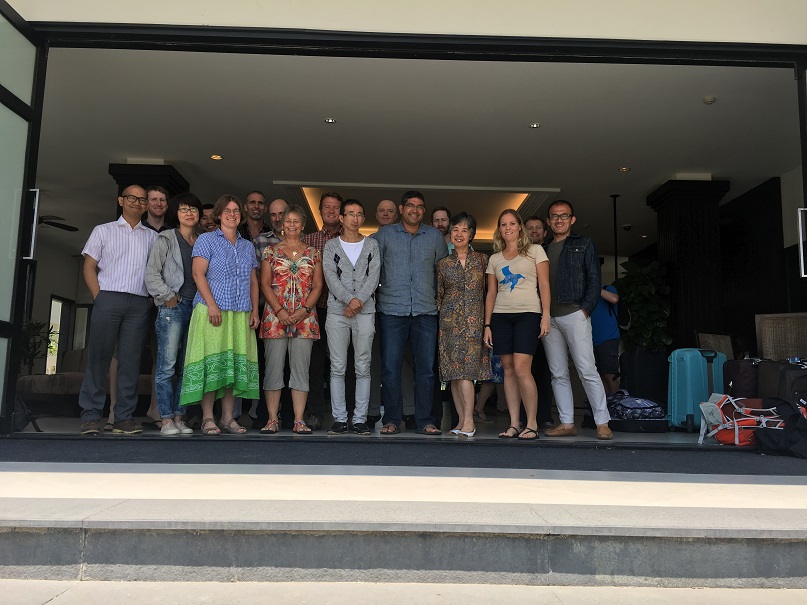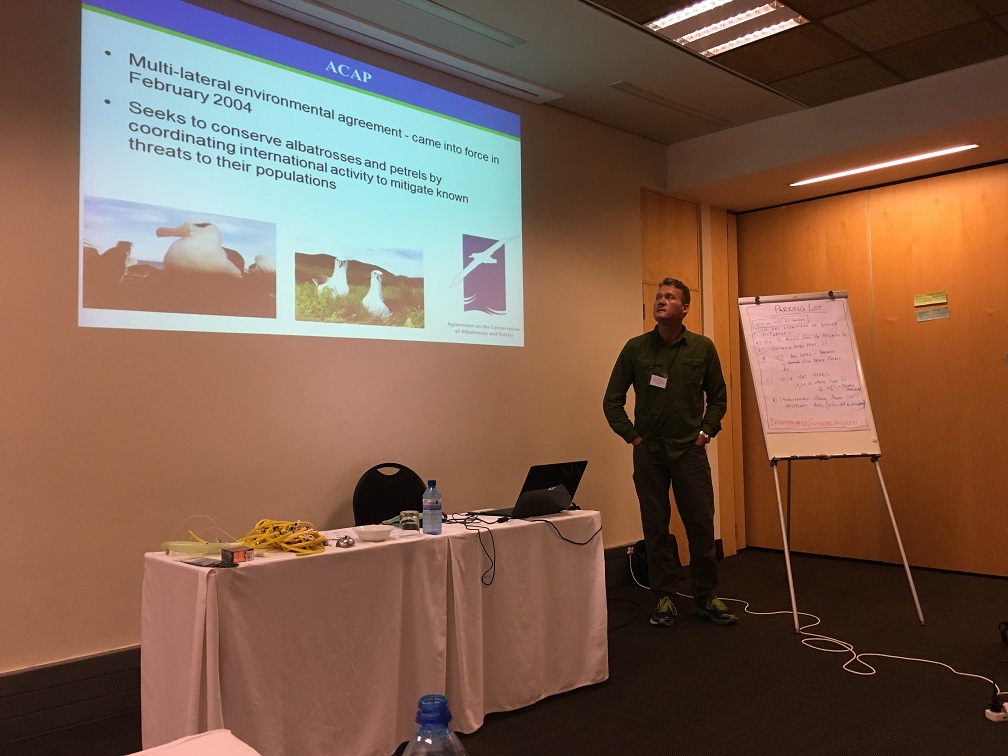Simon Northridge (Sea Mammal Research Unit, University of St Andrews, U.K.) and colleagues have reviewed causes of bycatch, including of seabirds, in gill net fisheries in the journal Conservation Biology.
“Gillnet fisheries are widely thought to pose a conservation threat to many populations of marine mammals, seabirds, and turtles. Gillnet fisheries also support a significant proportion of small-scale fishing communities worldwide. Despite a large number of studies on protected-species bycatch in recent decades, relatively few have examined the underlying causes of bycatch and fewer still have considered the issue from a multitaxon perspective. We used 3 bibliographic databases and one search engine to identify studies by year of publication and taxon. The majority of studies on the mechanisms of gillnet bycatch are not accessible through the mainstream published literature. Many are reported in technical papers, government reports, and university theses. We reviewed over 600 published and unpublished studies of bycatch in which causal or correlative factors were considered and identified therein 28 environmental, operational, technical, and behavioral factors that may be associated with high or low bycatch rates of the taxa. Of the factors considered, 11 were associated with potential bycatch reduction in 2 out of the 3 taxa, and 3 factors (water depth, mesh size, and net height) were associated with trends in bycatch rate for all 3 taxa. These findings provide a basis to guide further experimental work to test hypotheses about which factors most influence bycatch rates and to explore ways of managing fishing activities and improving gear design to minimize the incidental capture of species of conservation concern while ensuring the viability of the fisheries concerned.”
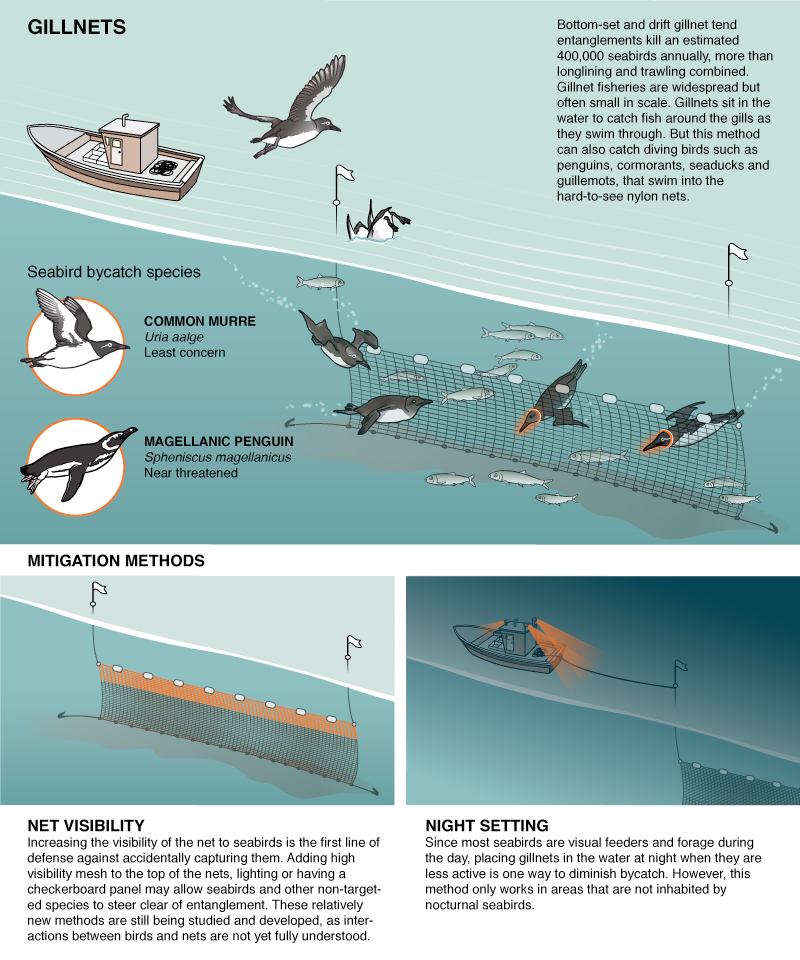
Read more on bycatch issues with gill nets in ACAP Latest News here.
References:
Northridge, S., Coram, A., Kingston, A. & Crawford, R. 2017. Disentangling the causes of protected-species bycatch in gillnet fisheries. Conservation Biology 31: 686-695.
Žydelis R., Small, C. & French, G. 2013. The incidental catch of seabirds in gillnet fisheries: a global review. Biological Conservation 162: 76-88.
John Cooper, ACAP Information Officer, 26 May 2017

 English
English  Français
Français  Español
Español 